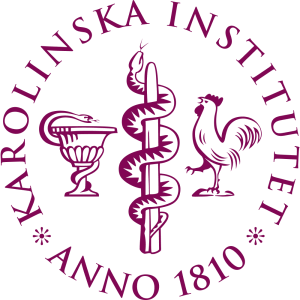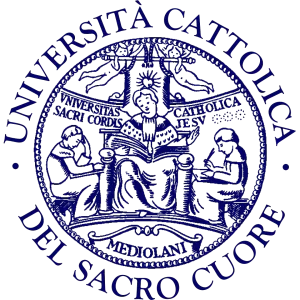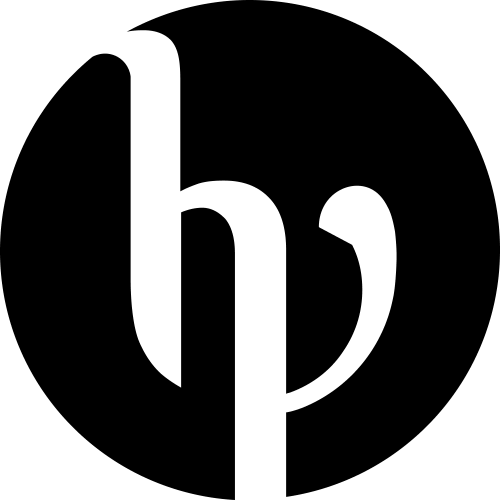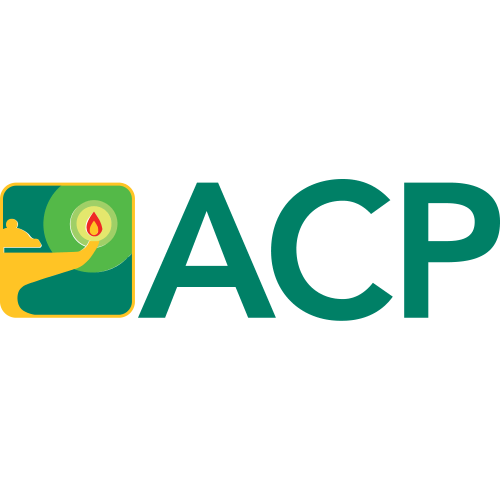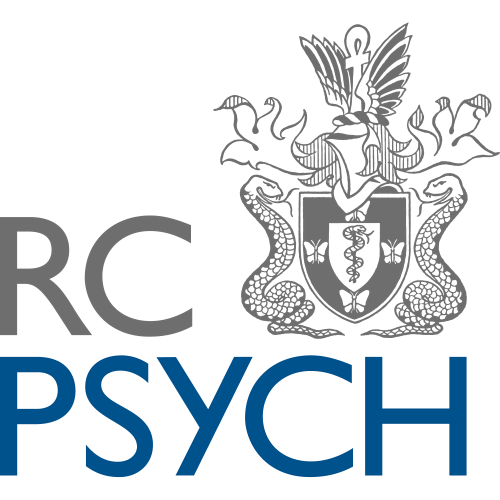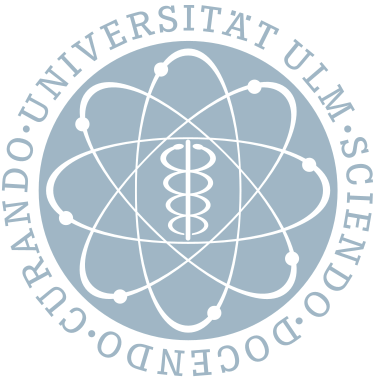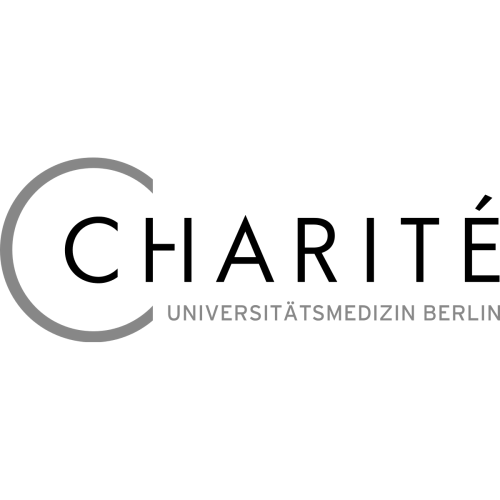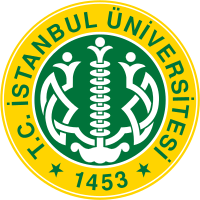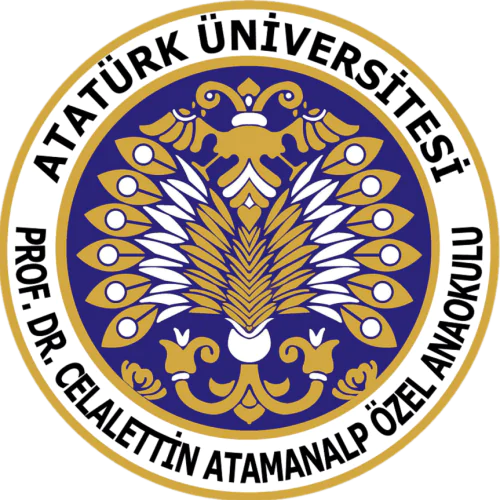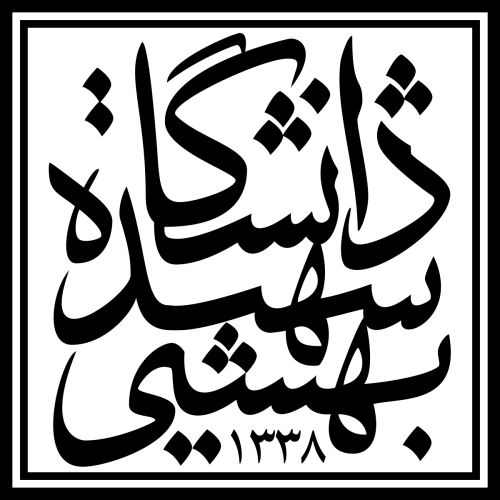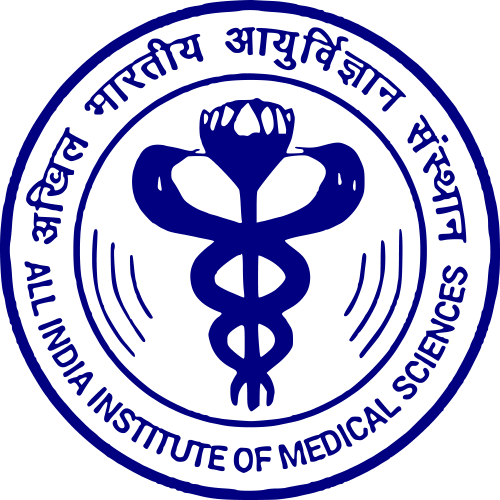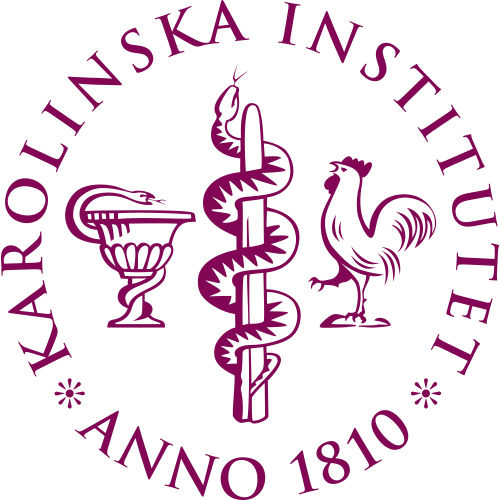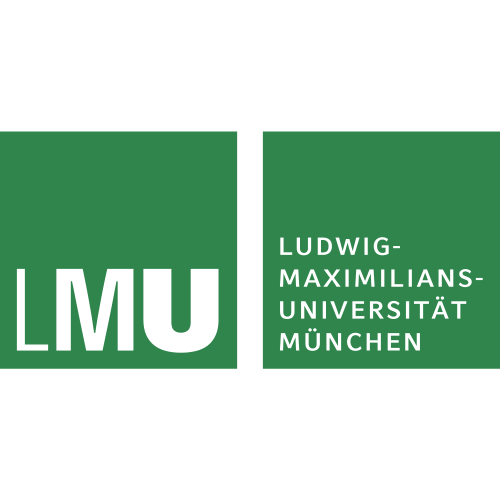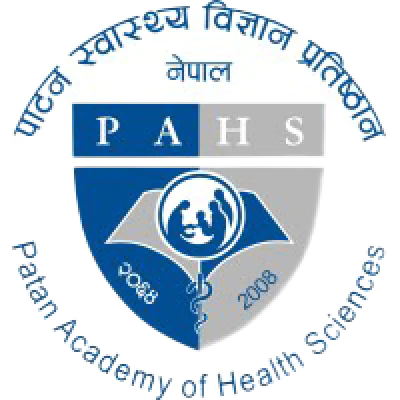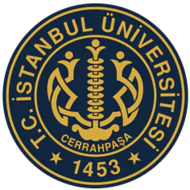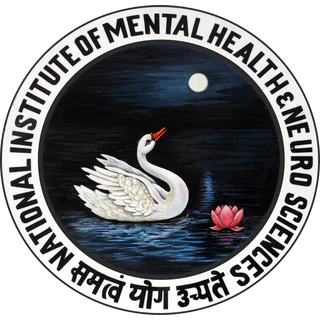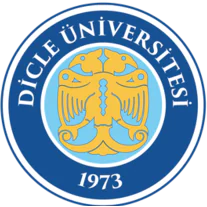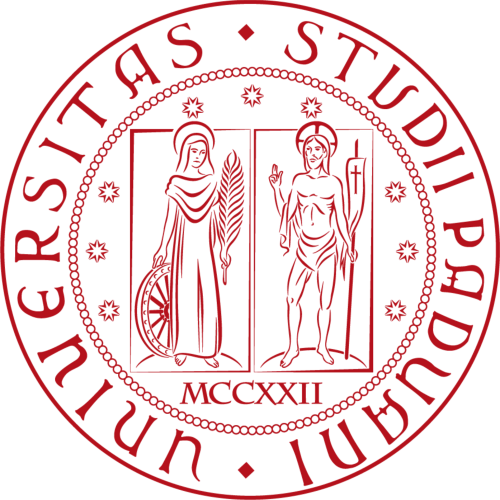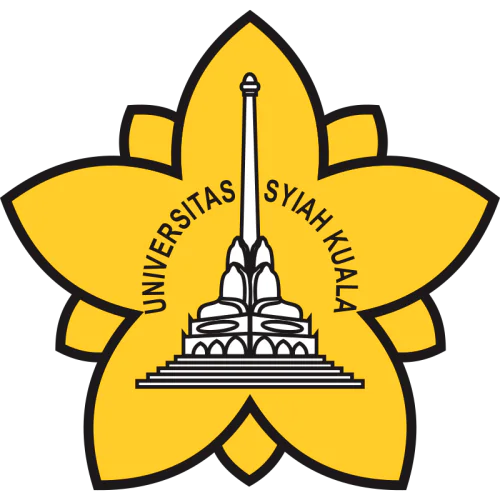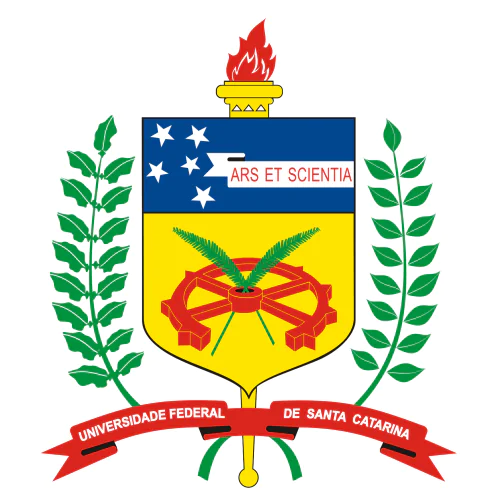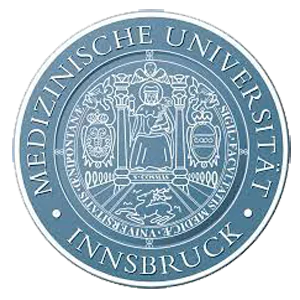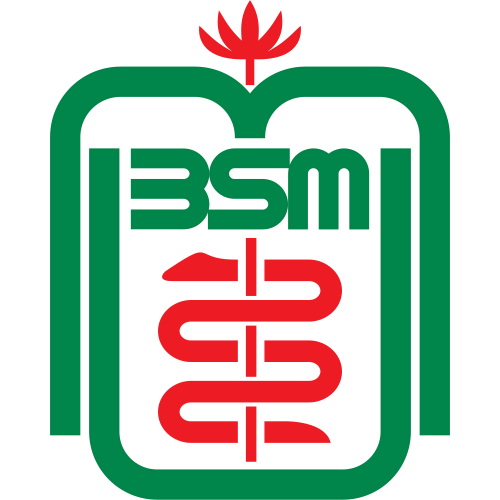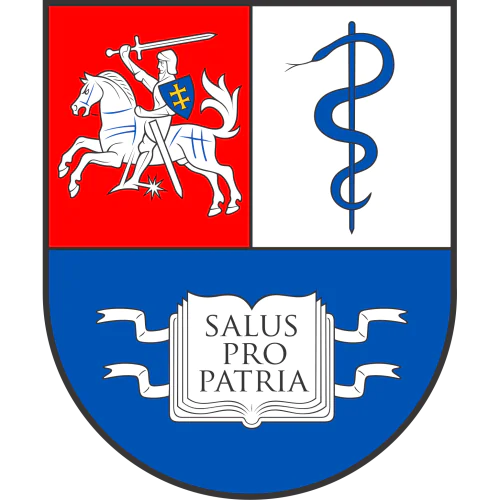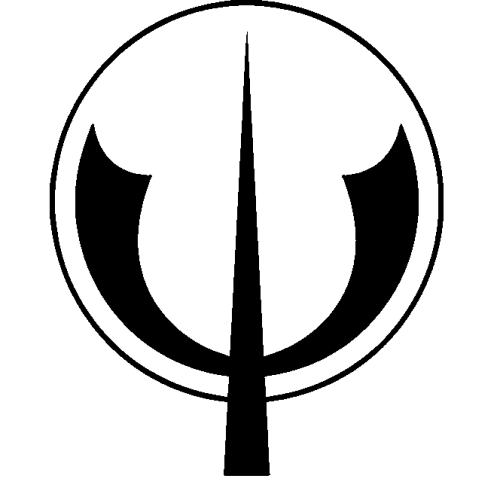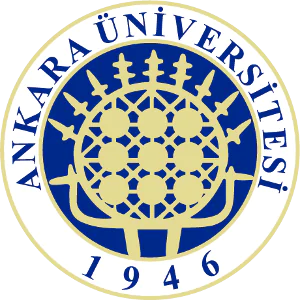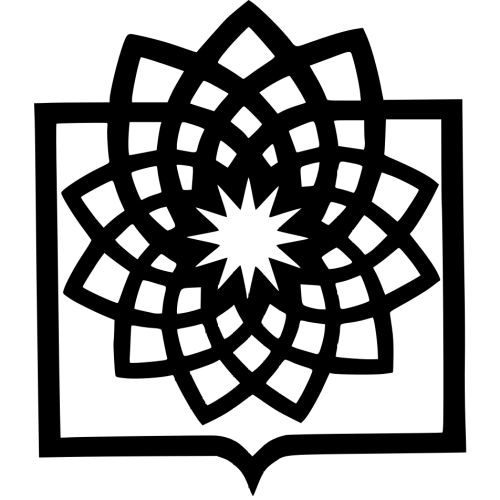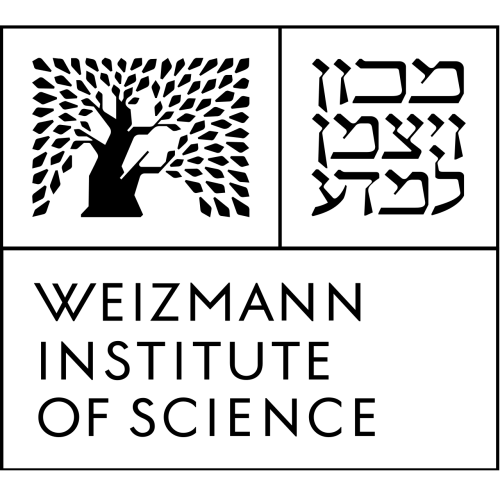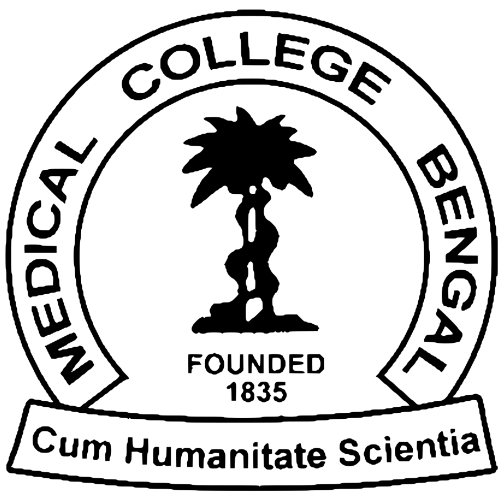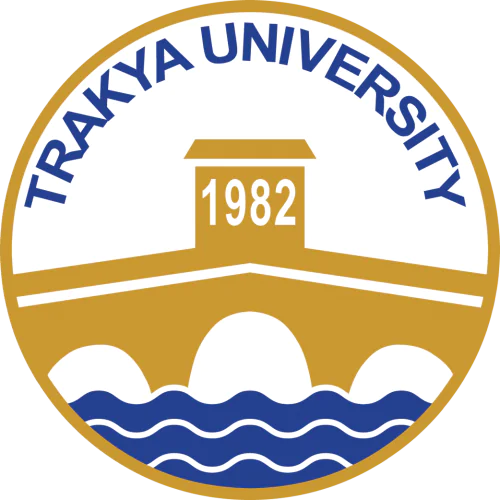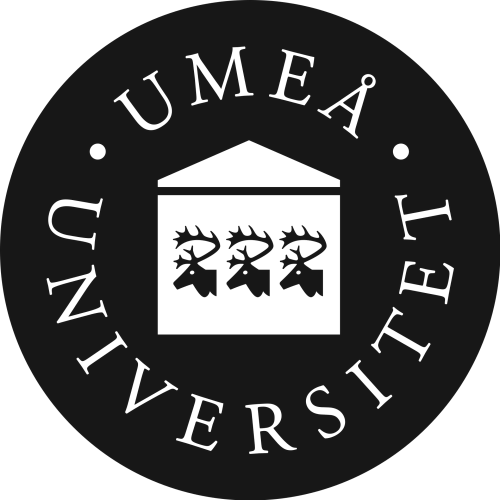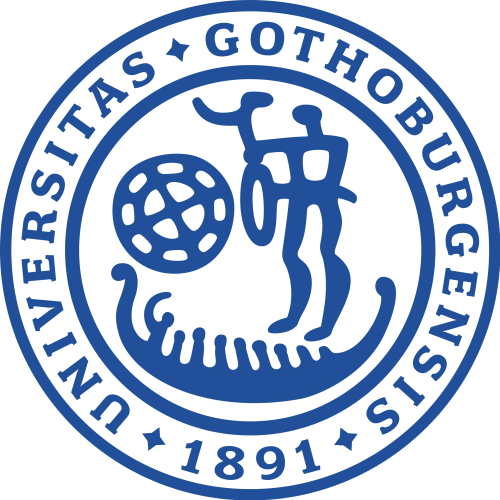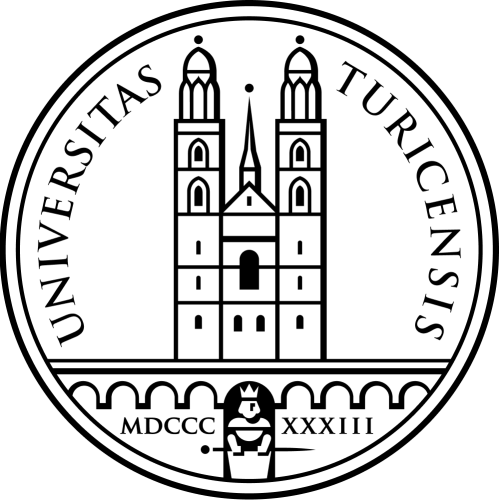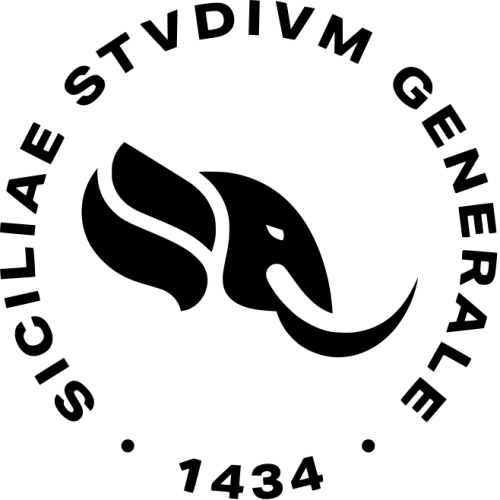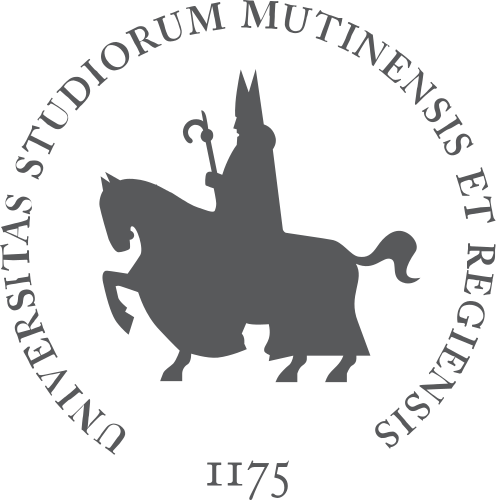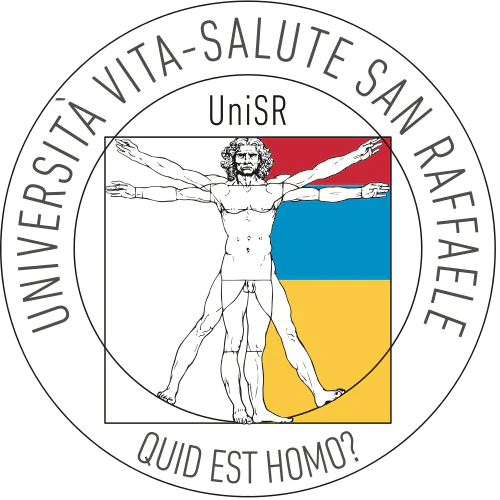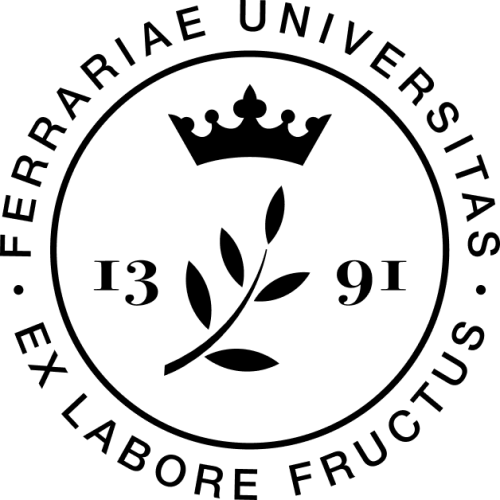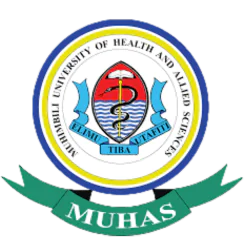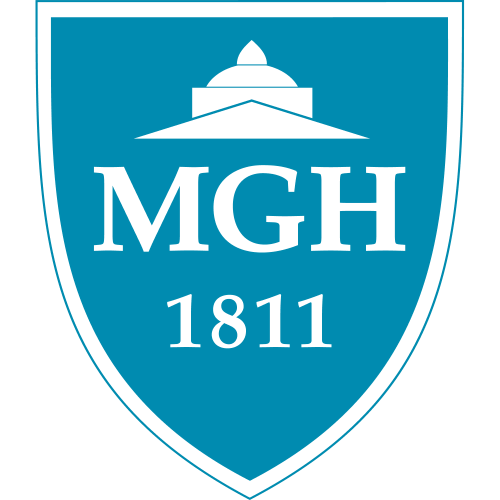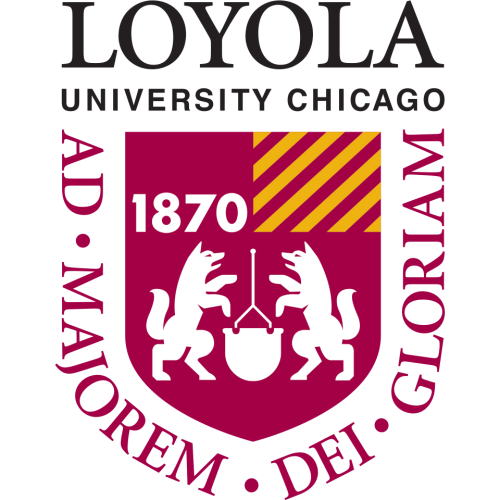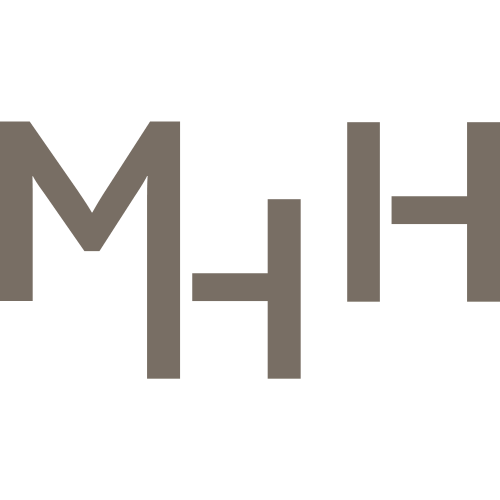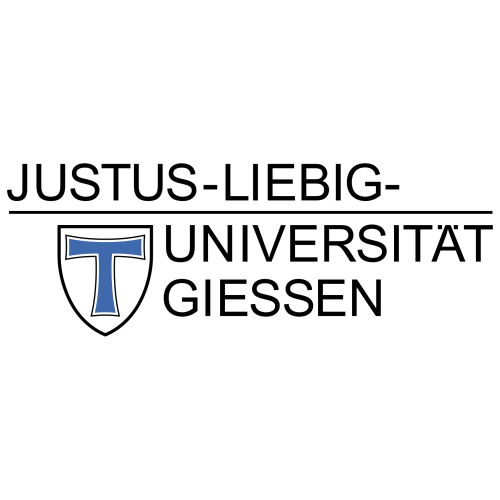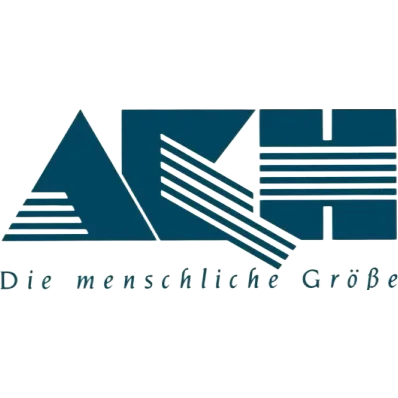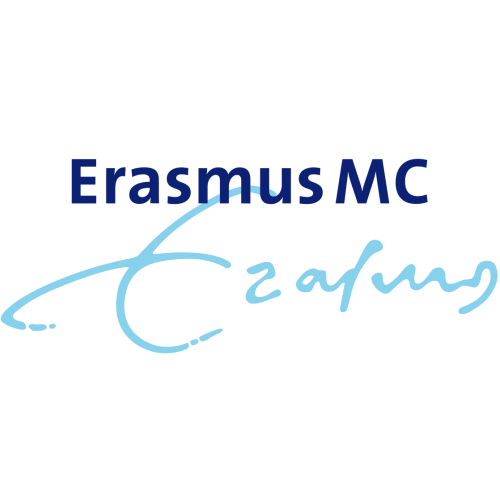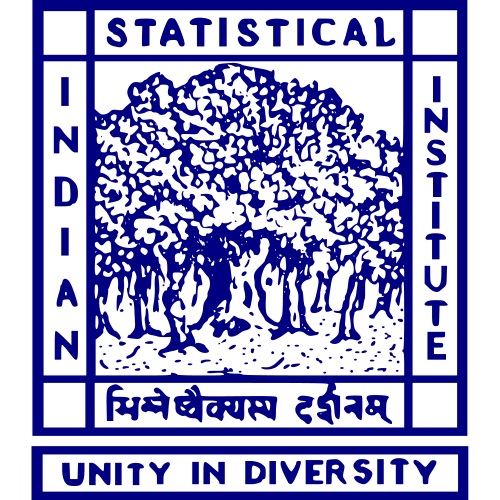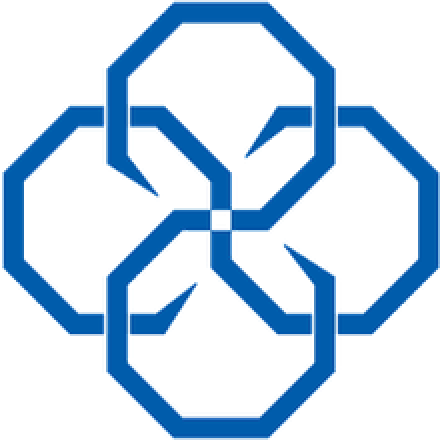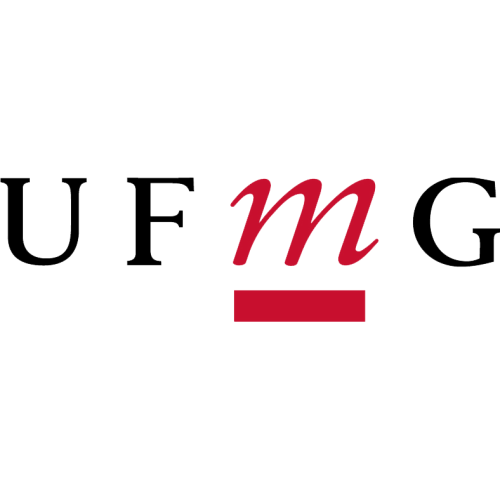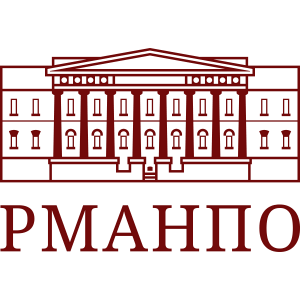Neurology Psychiatry and Brain Research
Are you a researcher?
Create a profile to get free access to personal recommendations for colleagues and new articles.
journal names
Neurology Psychiatry and Brain Research
Top-3 citing journals

Frontiers in Psychiatry
(70 citations)

Neurology Psychiatry and Brain Research
(35 citations)
Top-3 organizations
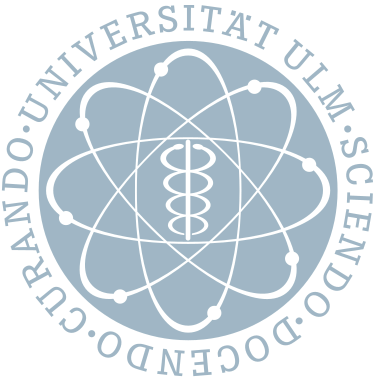
Ulm University
(24 publications)

Johns Hopkins University
(7 publications)

King Saud University
(7 publications)

Patan Academy of Health Sciences
(2 publications)

United Arab Emirates University
(2 publications)

Tehran University of Medical Sciences
(1 publication)
Top-3 countries
Top-2 researchers by articles count
Most cited in 5 years
Found
Nothing found, try to update filter.
Found
Nothing found, try to update filter.
Top-100
Citing journals
Citing publishers
Publishing organizations
Publishing organizations in 5 years
|
1
2
|
|
|
United Arab Emirates University
2 publications, 3.13%
|
|
|
Patan Academy of Health Sciences
2 publications, 3.13%
|
|
|
Tehran University of Medical Sciences
1 publication, 1.56%
|
|
|
All India Institute of Medical Sciences, Delhi
1 publication, 1.56%
|
|
|
National Institute of Genetic Engineering and Biotechnology
1 publication, 1.56%
|
|
|
Indian Statistical Institute
1 publication, 1.56%
|
|
|
National Institute of Mental Health and Neurosciences
1 publication, 1.56%
|
|
|
South Asian University
1 publication, 1.56%
|
|
|
Katholieke Universiteit Leuven
1 publication, 1.56%
|
|
|
University of Gothenburg
1 publication, 1.56%
|
|
|
University College London
1 publication, 1.56%
|
|
|
University of Oxford
1 publication, 1.56%
|
|
|
University of Antwerp
1 publication, 1.56%
|
|
|
University of Manchester
1 publication, 1.56%
|
|
|
University of KwaZulu-Natal
1 publication, 1.56%
|
|
|
Syiah Kuala University
1 publication, 1.56%
|
|
|
University of Ibadan
1 publication, 1.56%
|
|
|
University of Ilorin
1 publication, 1.56%
|
|
|
Northwestern University
1 publication, 1.56%
|
|
|
University of California, Los Angeles
1 publication, 1.56%
|
|
|
Ain Shams University
1 publication, 1.56%
|
|
|
University of Miami
1 publication, 1.56%
|
|
|
Bangabandhu Sheikh Mujib Medical University
1 publication, 1.56%
|
|
|
Jimma University
1 publication, 1.56%
|
|
|
University of Gondar
1 publication, 1.56%
|
|
|
Wolaita Sodo University
1 publication, 1.56%
|
|
|
Federal University of Minas Gerais
1 publication, 1.56%
|
|
|
University of Missouri
1 publication, 1.56%
|
|
|
1
2
|
Publishing countries
Publishing countries in 5 years
|
1
2
3
|
|
|
USA
|
USA, 3, 4.69%
USA
3 publications, 4.69%
|
|
Bangladesh
|
Bangladesh, 3, 4.69%
Bangladesh
3 publications, 4.69%
|
|
United Kingdom
|
United Kingdom, 3, 4.69%
United Kingdom
3 publications, 4.69%
|
|
India
|
India, 3, 4.69%
India
3 publications, 4.69%
|
|
Nepal
|
Nepal, 3, 4.69%
Nepal
3 publications, 4.69%
|
|
Nigeria
|
Nigeria, 2, 3.13%
Nigeria
2 publications, 3.13%
|
|
UAE
|
UAE, 2, 3.13%
UAE
2 publications, 3.13%
|
|
Croatia
|
Croatia, 2, 3.13%
Croatia
2 publications, 3.13%
|
|
Ethiopia
|
Ethiopia, 2, 3.13%
Ethiopia
2 publications, 3.13%
|
|
Belgium
|
Belgium, 1, 1.56%
Belgium
1 publication, 1.56%
|
|
Brazil
|
Brazil, 1, 1.56%
Brazil
1 publication, 1.56%
|
|
Vietnam
|
Vietnam, 1, 1.56%
Vietnam
1 publication, 1.56%
|
|
Denmark
|
Denmark, 1, 1.56%
Denmark
1 publication, 1.56%
|
|
Egypt
|
Egypt, 1, 1.56%
Egypt
1 publication, 1.56%
|
|
Indonesia
|
Indonesia, 1, 1.56%
Indonesia
1 publication, 1.56%
|
|
Iran
|
Iran, 1, 1.56%
Iran
1 publication, 1.56%
|
|
Serbia
|
Serbia, 1, 1.56%
Serbia
1 publication, 1.56%
|
|
Turkey
|
Turkey, 1, 1.56%
Turkey
1 publication, 1.56%
|
|
Sweden
|
Sweden, 1, 1.56%
Sweden
1 publication, 1.56%
|
|
South Africa
|
South Africa, 1, 1.56%
South Africa
1 publication, 1.56%
|
|
1
2
3
|



